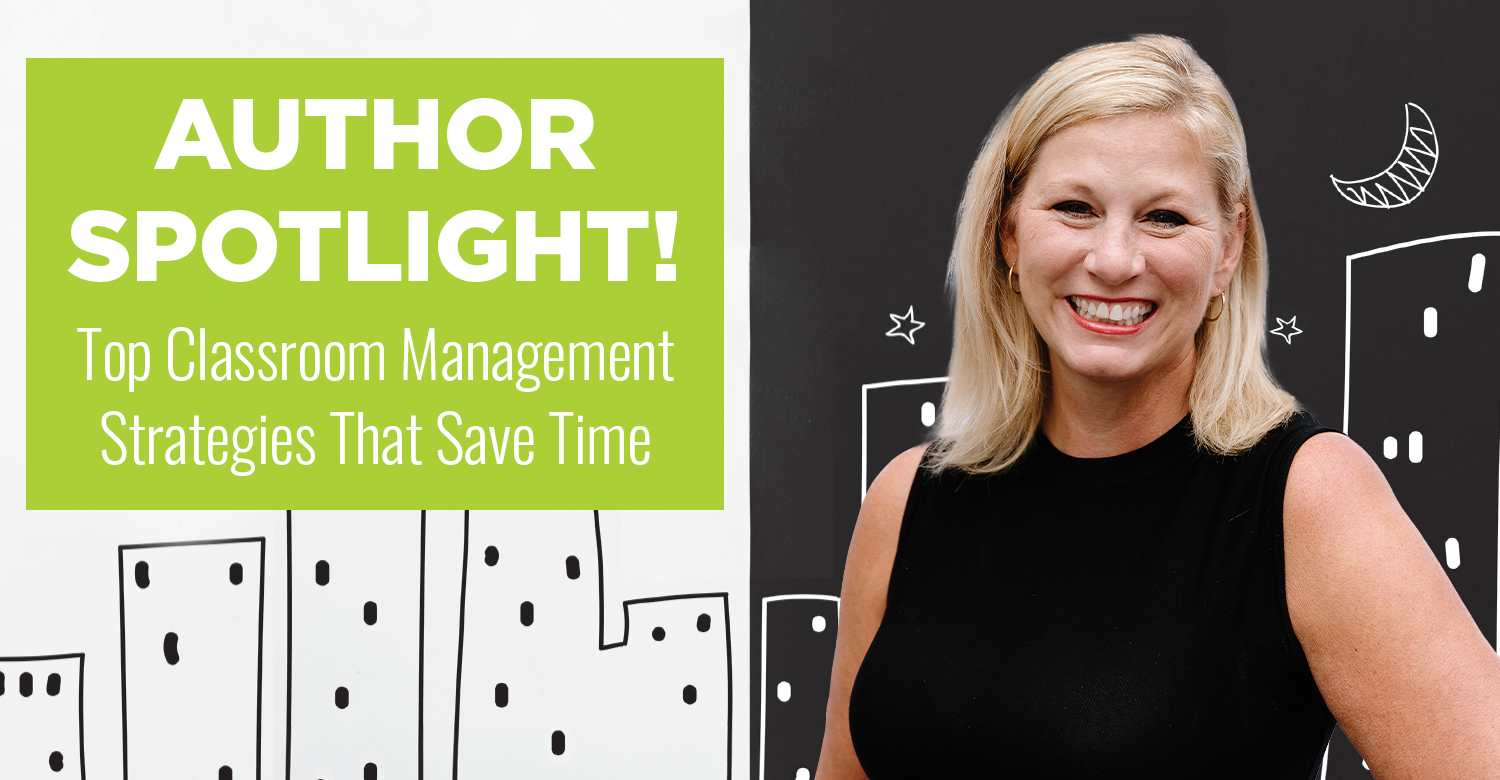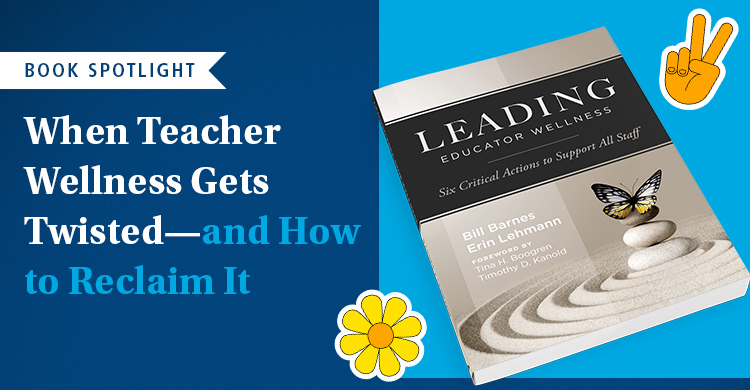What if saving time and reducing stress in the classroom were simpler than you thought?
Ellen I. Linnihan, author of Teacher Time Management and Capturing the Classroom, combines practical insight with creative strategy to help teachers thrive. A seasoned educator, she empowers students and streamlines teaching through video, structure, and student-centered engagement tools.
As a seasoned teacher with a diverse background, Ellen equips students and streamlines instruction through video, structure, and student-centered engagement tools, showing you how small shifts in mindset and method can make this vision a reality.
Q: You have a rich and diverse background in education, from teaching secondary English and public speaking to working with Department of Defense schools (DOD) and freelancing in educational publishing. How have these experiences shaped your approach to teaching and your passion for supporting all learners?
EL: While my journey has covered a lot of ground (geographically and intellectually), my basic approach to everything I do is to consider myself to be a learner first and an educator second. There is always something unique in every situation that makes it exciting and dynamic. Uncovering that special quality is the first step to approaching any mission (whether it’s teaching or writing).
For example, teaching at a DOD school is unlike any other teaching experience. Kids are coming and going throughout the year, and you have to meet them where they are both educationally and emotionally. They are perpetual “new kids”, and they are often dealing with the emotional stress of a deployed parent. Similarly, as a public speaking teacher, the first day of the term is always an eye-opener.
With a basic warm-up question such as, “Tell me something GOOD”, I see in an instant where each student is starting on the public speaking journey. Some turn bright red and mumble a barely coherent reply, while others confidently inform us that they had Starbucks that morning. I can picture the work ahead for each student.
Q: Your book Capturing the Classroom focuses on classroom management and student engagement. What are some practical strategies teachers can implement right away to create a more structured and dynamic learning environment?
EL: My first bit of advice for any teacher is to ask yourself these basic questions: Have I given these exact instructions previously / can I foresee needing to give them again? If the answer is yes, then creating a tutorial video with the information will “duplicate” you.
Creating videos will enhance, not replace, your instruction.
For example, every teacher faces the dilemma of having to help a returning student get caught up after an absence (or help prepare a student for an anticipated absence). Having a bank of tutorials that students can access before, during and after an absence will save you time and will help them manage the stress of missing class.
They can navigate the material exactly when they need it, and with enough tutorials, they may be able to seamlessly reenter the classroom with minimal additional guidance from you. Posting these tutorials on a classroom document (Week at a Glance) will be beneficial for the entire class, as well as parents who have access.
When a student asks me, “What did / will I miss?” my first question is always, “Did you check the Week at a Glance?”. Duplicating yourself frees you to do MORE, making you a better teacher without creating MORE work.

Q: In Teacher Time Management, you provide effective strategies for educators focused on workload management to help balance tasks and reduce stress. What are some of the biggest time-management pitfalls teachers face, and how can they reclaim their time without sacrificing student success?
EL: Teachers have big hearts. They want to do it all for everyone, every time. The problem with this mindset is that we all have the same number of minutes in our day. Eventually, teachers who try to do it all will fall short and burn out. Finding ways to maximize those minutes will free a teacher to do more without sacrificing personal time and blurring the boundaries between work and personal life.
One way to grab the reins of your time is to consider what you are doing at any given moment and determine if it is the best MODE for the type of work or task you are doing.
For example, attempting to grade essays while students are in a high demand mode of asking frequent questions and requiring close supervision is an exercise in frustration. You may take twice as long (or more!) to complete that task when trying to do it in the wrong mode. Learning to assess the types of tasks you have to do and the appropriate mode in which to do them will save you time.
Q: Balancing instructional effectiveness with administrative tasks can be overwhelming for educators. What advice do you have for teachers who feel stretched too thin and need to prioritize their daily tasks?
EL: I’m a huge advocate for leaving work at work, but there are some tasks that are time consuming and mindless that I don’t mind doing in my personal time. For example, setting up a new term requires me to create a new Week at a Glance document in which I need to update new links for student surveys and other documents specific to the new class.
This work is relatively mindless, but it is time consuming. Taking time to do this type of work during my prep time is a waste of those valuable minutes. I can easily poke away at this type of task while watching TV in the evening. I can also do it piecemeal during classroom times that don’t require high concentration.
Once you get in the habit of analyzing your modes of concentration, you’ll discover that there are many moments throughout the day that are slipping away uselessly. Think of it as repurposing your time by finding ways to fill those gaps (at the end of the class before the bell, while students are doing an activity that doesn’t require your direct attention, etc.). Before you know it, you will have time on your hands!
Q: As program coordinator for the Distinguished Young Women of Brookfield Scholarship, you help recognize and develop leadership in young women. How has your involvement in this program influenced your perspective as an educator?
EL: Distinguished Young Women is my passion project on many levels. Coaching young women to find their voice and build confidence in themselves is tremendously rewarding. Curating control over the message we send, whether written or vocal, is a skill that will carry us through life. Although DYW is a competition, I don’t view it as producing just one winner. Each participant faces her own challenges in learning to craft her own story and communicate that message to a panel of judges. This is a life skill that most students never have an opportunity to learn in a traditional classroom setting.
There is a great deal of crossover between the program and my classroom. I have created a business unit in my public speaking class that includes a mock interview, much like the one in the DYW program. Students learn how to be an interviewee as well as how to conduct an interview – both of which they will likely need for the future.
I also invite my DYW representative to regularly make guest appearances in my class to answer practice onstage questions. It’s a great challenge for her and an excellent opportunity for my students to witness a terrific example of public speaking.
Ellen’s final thoughts
Teaching is equal parts knowledge and flexibility. Learning to read the situation in whatever job I’ve had has been the key to success.
Want more time-saving strategies? Explore our latest blogs on using AI in the classroom to streamline your teaching.
About the educator
Ellen Linnihan is a National Board Certified English and public speaking teacher in Wisconsin. Her passion is using video to improve teaching and learning to empower students of all levels.






